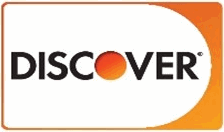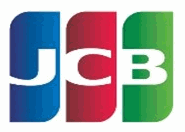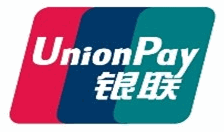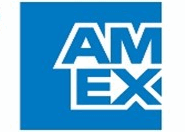How AVS Helps Fight Chargebacks

As a successful merchant, avoiding fraudulent transactions is most likely a high priority for you. Chargeback management can seem daunting to both new and experienced business owners. Luckily, with the right payment processing systems in place, you can not only win some of those chargeback battles but actually prevent them from happening in the first place. That’s where we come in. We are going to take you through the basics of a couple of tools that are at your disposal with each new merchant account. This way, you can make an informed decision about what systems are right for your business.
The Address Verification System (AVS) is a service that verifies if a billing address matches the address of a credit card cardholder. AVS is a widely used fraud-prevention measure for Card Not Present (CNP) transactions, such as online payments. It gives the merchant a way to make sure the customer is the actual cardholder and not a criminal making an unauthorized purchase, which is more likely if the billing addresses match. AVS can be a very helpful chargeback prevention tool if you understand the technology’s abilities and limitations.
To put it simply, AVS is basically a conversation between you and the cardholder’s bank. During checkout, the customer will be prompted to provide the address associated with the payment card account. This process happens in a matter of seconds (yay technology!) — you ask the bank to check the information provided by the customer, and the bank lets you know if it is a match.
Here is a breakdown of process:
- During checkout, the customer enters billing information on the payment page and is directed to your payment gateway.
- The payment gateway sends the address information to the card brand (Visa®, Mastercard®, American Express, etc.)
- The card brand forwards the request onto the issuing bank which then verifies the information against the billing address on file.
- The issuing bank returns a response code to the payment gateway.
- The transaction will then be approved or declined.
While AVS can be an essential component of your fraud prevention system, it is not without its weaknesses. The tactics of fraudsters evolve almost as quickly as ecommerce technology itself, making AVS less effective than it used to be. As it was not designed to prevent friendly fraud or basic customer disputes, the AVS technology cannot account for unscrupulous consumer behavior.
Most customers are happy to provide the extra information for added security, but there will always be a few that will be put off by having to take the additional steps during their transaction. But you can make it easy for them by only requiring a zip code instead of a full address, just like we all do at the gas pumps. Also, if a shipping address is required, a checkbox can be added to make the billing address the same. The process can be made seamless for the customer while providing a higher level of security all around.
Even with its shortcomings, using AVS in your business will provide great benefits; one of the main being saving you money, and who doesn’t want that these days?
AVS can help block unauthorized transactions and can reduce malicious fraud and the resulting chargebacks. Meaning it can help you recover more revenue as AVS response codes are usually compelling evidence when fighting invalid chargebacks. This is critical because in order to win a chargeback reversal, you must provide sufficient evidence to persuade the cardholder’s bank to reevaluate the case and response codes from identity verification tools are just that kind of evidence.
Another way AVS can save you money is you will most likely pay less in fees if you use it. Transactions that are authenticated by AVS are typically classified as “qualified” transactions with your processor. If you do not use AVS, transactions are downgraded to “mid-qualified” or “non-qualified”. Those transactions have higher processing fees than qualified transactions.
AVS is always an optional — but highly recommended — fraud management tool. If you choose to use it, you will need to instruct your processor to enable AVS. Most online payment gateways will include this option in its administrative settings.
AVS plays an important role in both intercepting and fighting chargebacks. However, there is not one single tool or strategy that will provide 100% protection. Other systems such as CVV (Card Verification Value) and RDR (Rapid Dispute Resolution) can add extra layers to your defenses. Chargeback management is about having several systems and processes in place to be able to battle the enemy on all fronts.
Speaking of CVV, let’s touch briefly on how that can be another great weapon to have in your payment processing arsenal. CVV, also called CVC – Card Verification Code - is a short numerical code (three or four digits) that typically appears on the back of credit cards and debit cards that can be used as credit cards. It was added to increase the security of electronic credit card transactions and works by helping to confirm that the customer has physical access to the credit card being used. This system is used to reduce fraudulent purchases made using credit card numbers that were stolen or replicated electronically. If an online merchant requires a CVV code for credit card purchases, a customer cannot make a purchase without access to the printed code, even if he has the whole card number and expiration date.
By now you can see how having these two basic tools up and running for you can make a big difference in your payment processing game and can help save your online business unnecessary time and resources that would otherwise be spent fighting fraudulent transactions. On their own, AVS and CVV are reasonably effective. But together, they can make the difference between a chargeback and a legitimate transaction. As you might have guessed, the more security you can offer at checkout, the less of a chance there will be for fraud.
Protecting against chargebacks and ultimately revenue loss requires a multi-faceted approach. If you would like to learn more about how to use AVS and CVV to improve your chargeback win rate, contact MobiusPay today.
Return to Blog







* Created by
